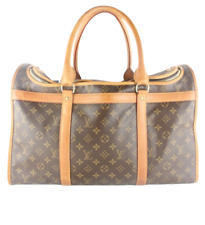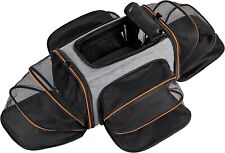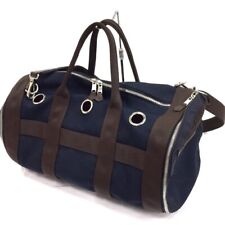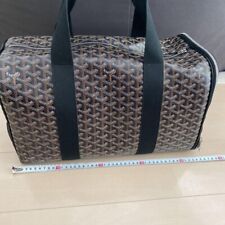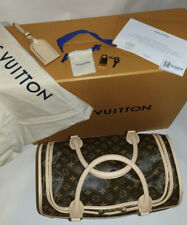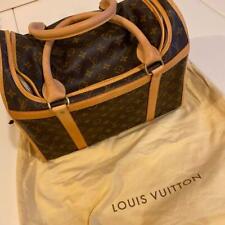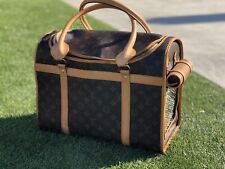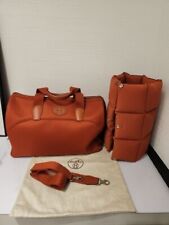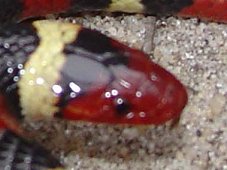Feeding Corn Snakes

Corn snakes are exclusively carnivorous, and giving your reptile the right sized prey is important. As a general rule, prey should be roughly the same diameter as your corn snake, or about one and a half times the size of your pet’s head. If the prey is too large, your pet may regurgitate its meal.
Start your hatchling snake off on very young mice, called pinkies, and then increase the size of the prey as your creature grows. You may also want to try other small rodents, such as gerbils, hamsters or rat pups. Some corn snakes also enjoy quails’ eggs or chicks, but these don’t offer enough nutrition to constitute a complete diet on their own.
Never feed your snake live prey. Even small mice can become vicious attackers when cornered, and your creature could become dinner rather than diner. Equally, prey you’ve found in the wild and killed yourself could be riddled with parasites. Your best bet is pre-killed prey which you can buy from your local pet store and keep in the freezer. Make sure you thaw mice out to room temperature before feeding time.
Hatchlings need a pinkie every five or six days, while adult corn snakes should be fed only every week or two. You may want to keep track with a written record of what you have fed your pet, and when.
It’s a good idea to feed your snake outside its enclosure, because it could develop digestive problems if it ingests the substrate in the tank along with the food. Use forceps or tongs for feeding, and dangle the prey by its tail until the snake strikes. After a feed, prevent regurgitation by avoiding handling your pet for 48 hours.
You may notice your snake goes off its food during shedding, but if you are struggling to get your pet to tuck in at other times, there are things you can do. Try changing the temperature or light intensity of your snake’s enclosure. Puncturing the skull of the prey so the snake can smell it can also work, as can wafting a drop or two of blood around the enclosure. Or tap your snake’s body with the food to goad it into taking it. Without proper hiding places, in both the cold and warm areas of the tank, your snake can feel stressed, and that can prevent it from eating, so be sure it has the concealed spots it needs.
Your corn snake also needs plenty of fresh water for drinking and bathing. Give your pet a regularly changed supply. Watch out for the tendency to use the water bowl as a toilet and change immediately if that happens.
Essentially, feeding your corn snake should not give you any major problems. Follow these basic guidelines and you and your pet should soon get into a good feeding routine.

